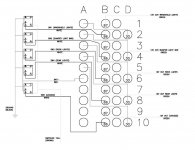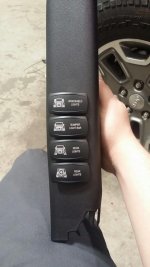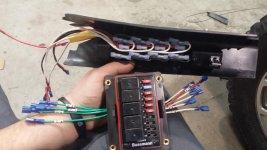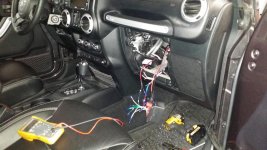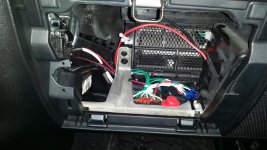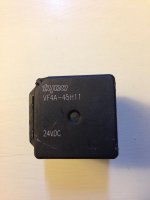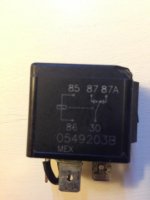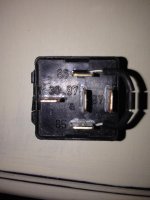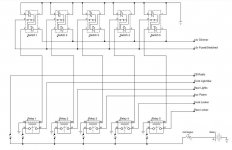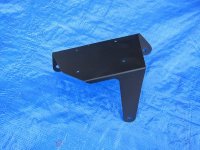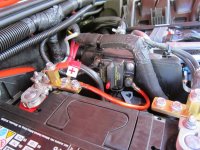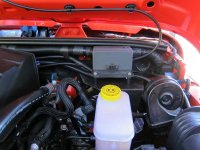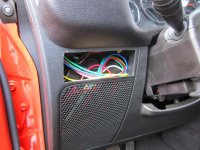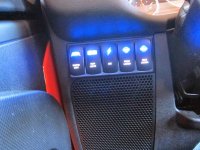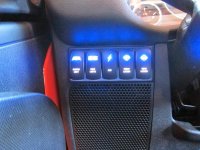I finally got around to installing this weekend. Turned out great! I use CAD at work, so I quickly mapped everything out beforehand. That ended up saving a bunch of time.
For the unused circuits I left everything active. That way when the times come to install, all I have to do is plug in the 2 quick disconnects. One for the power and one for the ground. For grounds I used an extra 8ga terminal that I used for the main bus...then made up 5 short wires with female quick disconnects. I wanted everything hidden, so I mounted the Bussman panel in the space below the glove box. Left all the wires about a foot longer so I could pull the panel to quickly access everything.
I used switched power for the text side of the switches. When I'm at a campground or dark trail I sometimes do not want to turn on my lights to see the switch...mostly for wildlife. This way the switch lights up with only the key. Since I normally drive with my running lights on anyway it wasn't a big deal for me.
Looks Great! Did the switches come from OTRATTW? I have the same switch panel somewhere in my garage and I'm in need of horizontal switches like yours.

